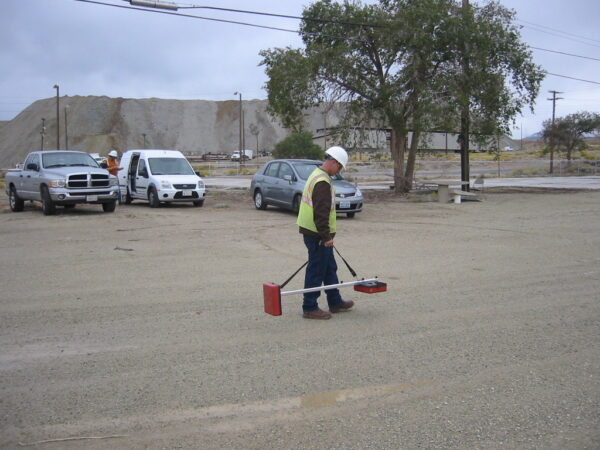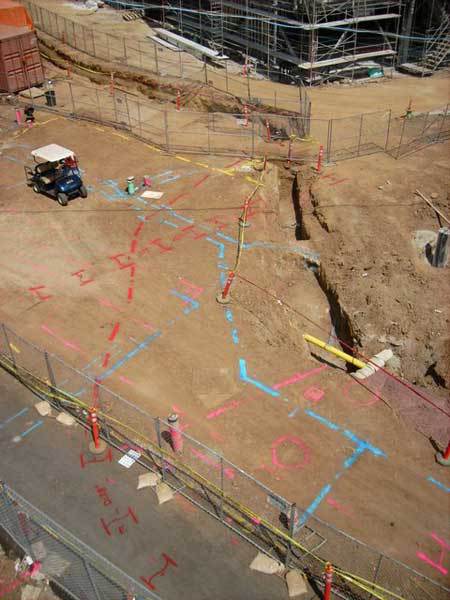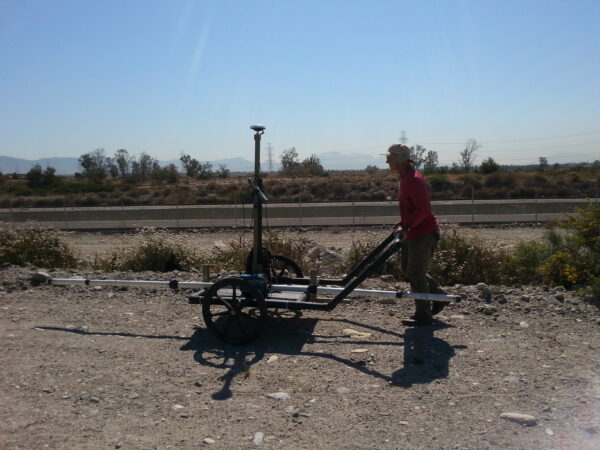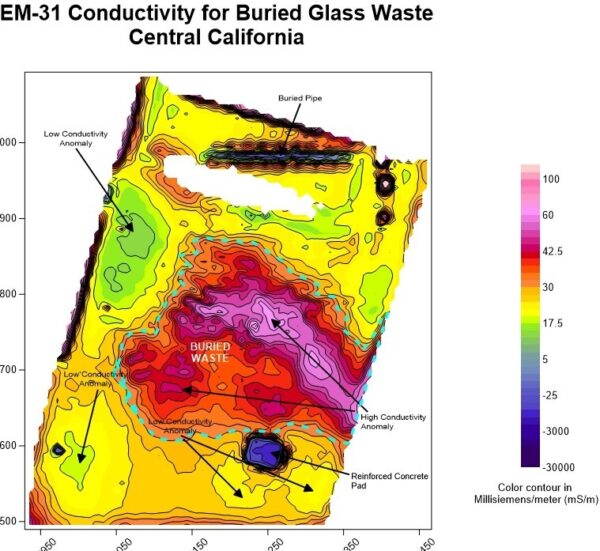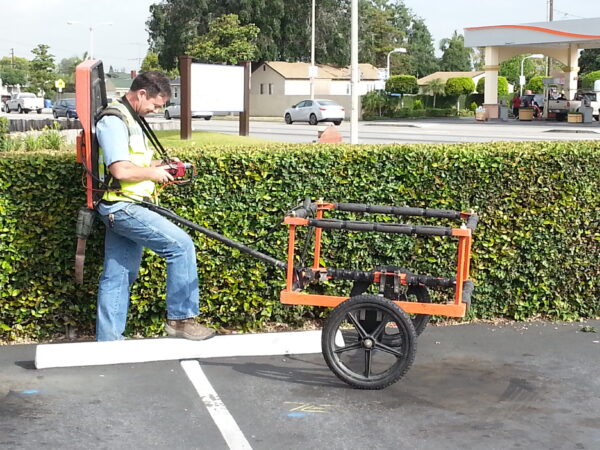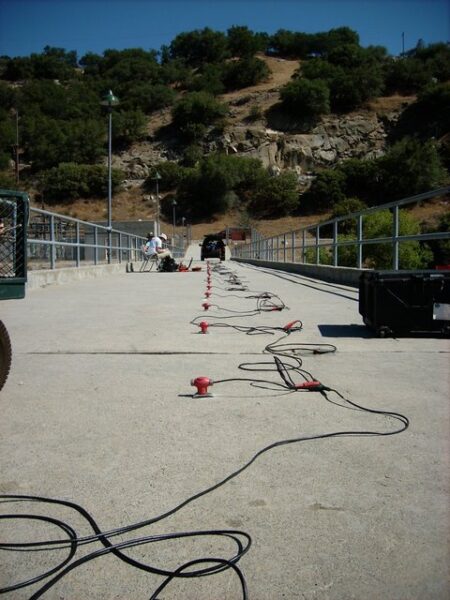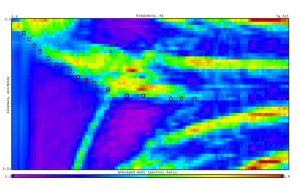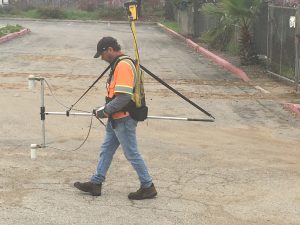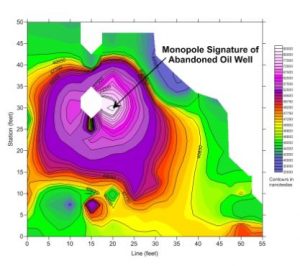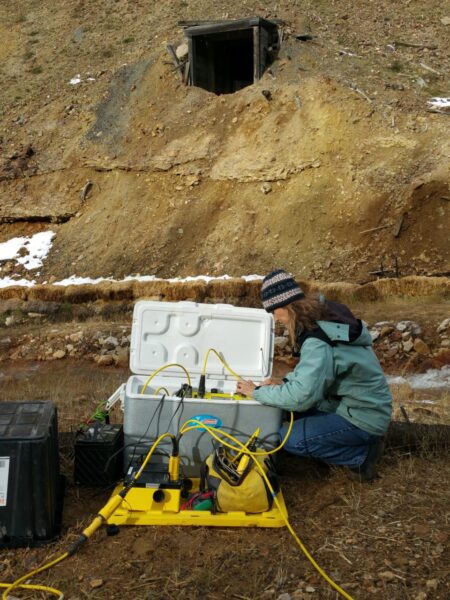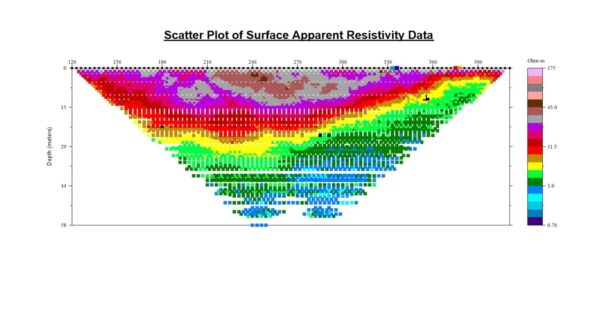The utility location method is a surface method that uses electromagnetic induction to locate and delineate long, linear metallic or conductive pipes and cables. This method is used in an effort to identify the surface trace of detectable underground utilities and abandoned piping for a variety of environmental and engineering investigations. These utilities include but are not limited to: electric, water, telephone, natural gas, storm drain, sanitary sewer, fuel piping and compressed air.
Utility locators may be operated in either active or passive mode. Passive locating is possible when electrically conductive conduits are energized by ambient radio frequencies (RF) that are often produced by 50/60 cycle electrical, radio, audio, television, and communication transmissions. Active locating is initiated by connecting to an exposed conduit and propagating an EM signal at a known frequency (8 and 33 kHz for example) along the conduit. A receiver, tuned to these frequencies, is then used to locate the signal maxima (or surface trace) of the applied signal. Spectrum uses a Radio Detection 7000 transmitter w/ matched receiver, Fisher TW-6 M-scope shallow focus metal detector (M-Scope), and Dynatel 500A transmitter w/ matched receiver, among other instruments, for utility location. Once located, utilities are marked on the ground with surveyor’s chalk using the American Public Works Association color code found below.

